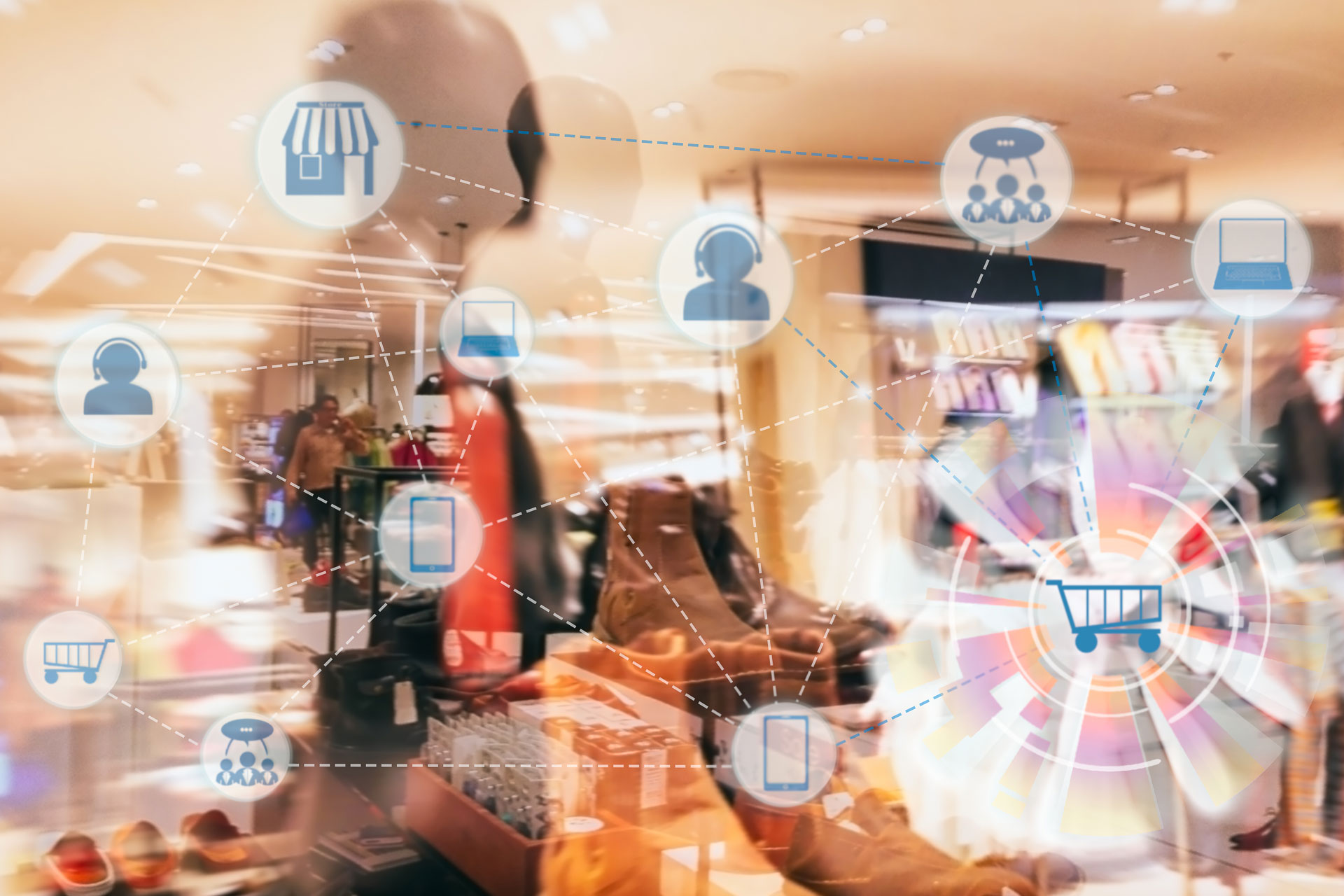Harvard Business Review (HBR) had released a study in 2017 on the shopping behavior of over 46,000 customers during the 14-month period from June 2015 to August 2016, and found 73% used multiple channels during their shopping journey. Back then, they termed the behavior ‘omnichannel customers’!
The study by HBR revealed several interesting facts, one was customers who use a greater number of channels seem to be more valuable. As with every additional channel, the percentage spent on shopping increases in comparison to those who use only one channel. Google research confirms 90% of multiple device owners prefer switching between their screens for completing a task.
Post pandemic, shoppers have openly embraced the fun of multiple channel shopping, giving a tough time to retailers who have not integrated business. The thumb rule to stay ahead of the competition and think future is to embed a system which can give real-time analysis and provide enough data to map the interest of the customers. This can only be achieved if businesses have been able to build a robust omnichannel fulfillment system. A cutting-edge supply chain is built with several channels, completely synced together for a seamless flow of information in real-time. This provides product visibility in the real market with respect to customer response. For omnichannel fulfillment, a series of APIs get connected for access of data through a single window, via plug-n-play methodology. The purpose of connecting is, multi-channel order generation can be coordinated and in the minimum time, order fulfillment is achieved.
Order Management System (OMS) in Entirety
OMS is not an isolated or an individual term, it is a system comprising several sub-sets for completion of an order on time and at minimum cost. It is the minutest detailing in supply chain management that leverages silo-free functioning of order management and achieves customer satisfaction through customer communication cell of businesses, plus with regular profit margin is guaranteed to expand and grow.
1. Warehouse Organization: For every product that a business rolls out, there are several units of SKUs, spread across stores, warehouses or at an online platform. Warehouse Management Systems (WMS) are an integral part of supply chain management. It would be fair to say, with real-time visibility each unit of SKU can be tracked and traced, and aids in order fulfillment. Organization of warehouse also increases the scope of proper disposal of over-stocked goods either through recycling or finding the area where it showed maximum sale.
2. Inventory Management Software: It is software that keeps a check on inventory turnover. In other words, it handles how many units of SKU are being sold or are in stock. Depending on the volume of turnovers, units are manufactured and are sent to warehouses or brick-and-mortar stores for stocking. The software can support all forms of businesses to automate their process, help in efficient operating, better customer service and in increasing profits.
3. Packaging: For eCommerce, the trick is that the packaging should be unified for identification and should enhance customer experience. It is a way of customer communication, with standard packaging, customers are able to relate and do not feel there is a difference between the varied point-of-sale. To them, the experience of shopping from an online store or from traditional brick-and-mortar should be similar. With consistency in visual image of the product, or messaging strategy or branding or packaging, omnichannel packaging strategy ensures better customer experience and scales up brand loyalty.
4. Shipping/Return: Omnichannel fulfillment strategy is inclusive of shipping and returns policies. It synchronizes distribution, logistics and returns across sales channels. So, goods purchased online can either be picked from the point of delivery or can be exchanged at a physical store. There should not be any compulsion to return to the point of purchase. This freedom liberates customers, and they enjoy their shopping experience. This integration is important for eCommerce success, and it can give existential competition to others.
5. Ship from Store: There is a rhythm in the omnichannel fulfillment. Point of sale could be any platform, as social media, online retailers’ platform, online stores, email links, SMS or traditional brick and mortar; cost-effective and timely fulfillment of order should be the clincher. Sometimes, instead of picking orders from the warehouse, it is shipped from the store nearest to the delivery point. Inventory management tracks down the nearest location of SKU in demand and fulfills the order in the shortest time period.
6. Last-Mile Delivery: Omnichannel fulfillment strategy ensures there are no hiccups in the last-mile delivery point. It is always the shortest distance but the most complex. There is no defined system in logistics management of goods from the warehouse to stores. So, it can turn out to be very expensive, if a strategy is not adhered to and if there is a loophole in logistics. With an integrated system, a lot of unknown issues could be handled, and it is easy to locate the closest warehouse to the final destination.
7. Customer Communication: The world of omnichannel fulfillment works on uninterrupted customer communication. For the success of eCommerce, it is necessary to establish continuous connect with the customers and they are updated about the status of their order with SMS or WhatsApp messages or via emails. This builds trust and guarantees repeat customers.
Advatix CloudSuite™ Builds Interactive Dashboards for Omnichannel Fulfillment
Advatix CloudSuite™ unlocks the advantage of easy-to-use product mapping feature and syncs in-store products with online marketplaces. Explore the power of customized omnichannel fulfillment strategy for an integrated support of local, regional and national carriers that leverage Smart Lockers for best-in-class BOPIS (Buy Online, Pick-up In-store) and for providing many such liberating experience to your customers.


